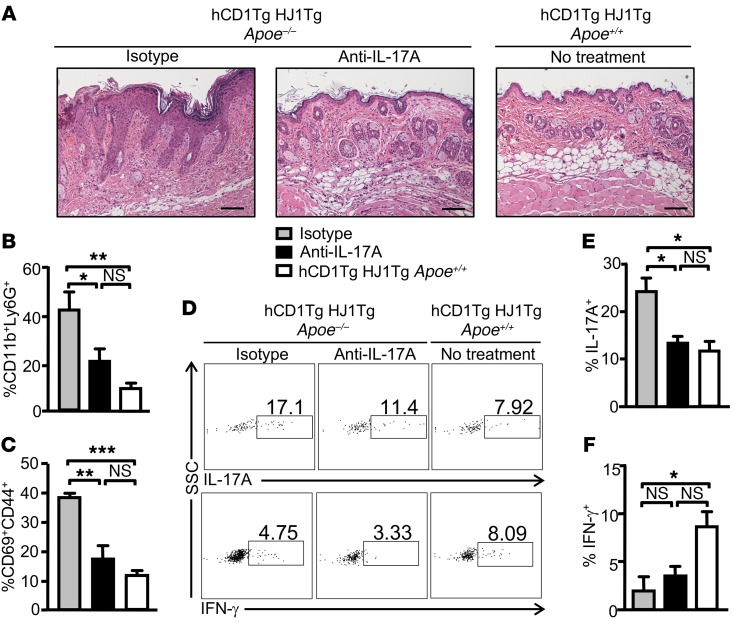Figure 5. In vivo anti–IL-17A treatment ameliorates skin inflammation in hCD1Tg HJ1Tg Apoe–/– mice.
(A) Representative H&E staining of skin sections from untreated hCD1Tg/HJ1Tg mice and hCD1Tg HJ1Tg Apoe–/– mice treated with either anti–IL-17A mAbs or isotype control Abs. Scale bars: 100 μm. Cells from the dermis of mice were isolated, stained with indicated Abs, and analyzed by flow cytometry. (B) Bar graph depicts the percentages of neutrophils (CD11b+Ly6G+) within the CD45+ gated population from different groups of mice. (C) Bar graph depicts the percentages of CD69+CD44+ cells within the TCRβ+CD45+ gated population from different groups of mice. (D–F) Intracellular cytokine production was measured in dermal T cells after PMA/ionoycin stimulation. (D) Representative FACS plots of IL-17A–producing (upper panels) and IFN-γ–producing (lower panels) T cells in the skin of indicated mice. (E and F) Bar graphs (mean + SEM) depict the percentages of IL-17A– (E) and IFN-γ–producing (F) T cells in the skin of 3 different groups of mice (n = 3 per group). ***P < 0.005; **P < 0.01; *P < 0.05. Statistical analyses were performed using 1-way ANOVA followed by Bonferroni’s post-hoc test.

